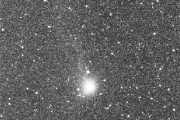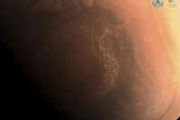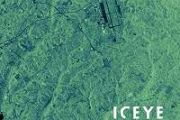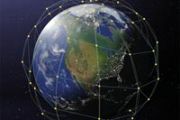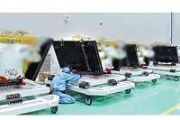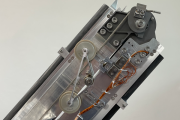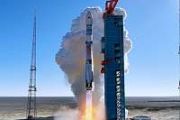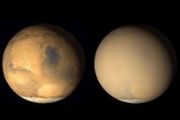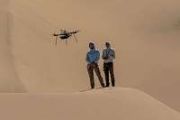
Copernical Team
Webb Quest: Mind-blowing mission to the early Universe
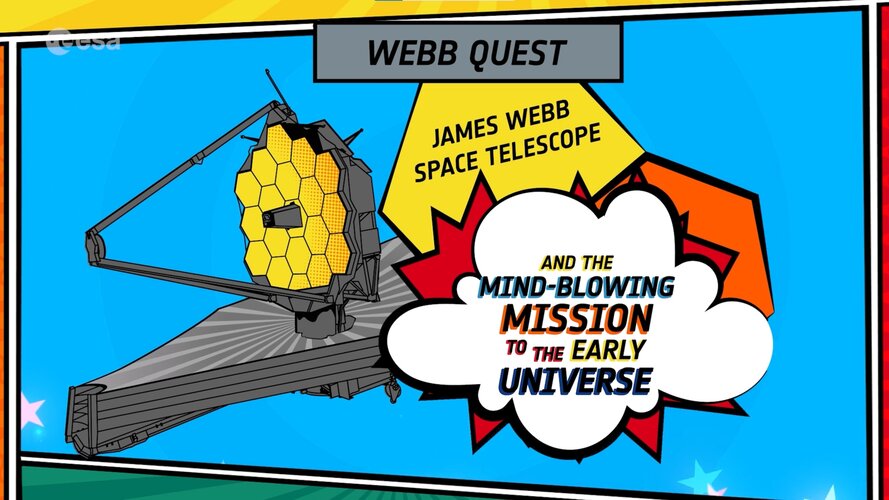 Video:
00:48:00
Video:
00:48:00
Embark on a mission with ESA astronomers Mark McCaughrean and Giovanna Giardino to learn more about the James Webb Space Telescope and the early Universe. This programme is suitable for primary and secondary students. Join the quest!
Find more educational resources, videos and links about astronomy on ESA Education's Teach with Astronomy webpage.
Leftover SpaceX Falcon 9 upper stage will impact the lunar surface in early March

The moon is set to gain one more crater. A leftover SpaceX Falcon 9 upper stage will impact the lunar surface in early March, marking the first time that a human-made debris item unintentionally reaches our natural satellite.
In 2015 the Falcon 9 placed NOAA's DSCOVR climate observatory around the L1 Lagrange point, one of five such gravitationally-stable points between Earth and the Sun. Having reached L1, around 1.5 million km from Earth, the mission's upper stage ended up pointed away from Earth into interplanetary space.
This rendered a deorbit burn to dispose of it in our planet's atmosphere impractical, and the upper stage also lacked sufficient velocity to escape the Earth-moon system. Instead it was left in a chaotic Sun-orbiting orbit near the two bodies.
Now credible public estimates forecast its impact with the moon on 4 March at 12:25:39 UTC at a point on the lunar far side near the equator.
Just add bubbles for cooler future spacecraft
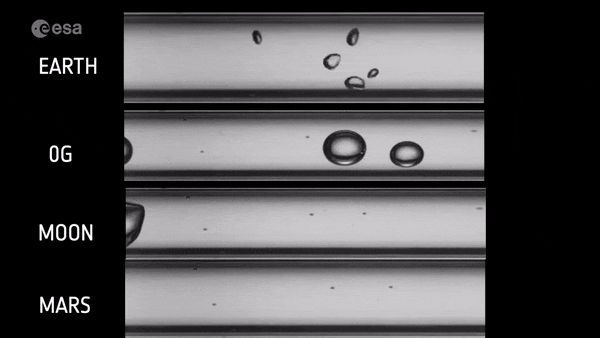
From soft drinks to hot tubs, people add bubbles to liquids for many different reasons. ESA engineers think bubbles produced at the verge of boiling point could help control the temperature of spacecraft in a more efficient and compact way. The main unknown is how bubbles will behave in differing gravities down to weightlessness, so researchers boarded parabolic flight aircraft for testing.
Biden-Harris administration extends space station operations through 2030

NASA Administrator Bill Nelson announced today the Biden-Harris Administration's commitment to extend International Space Station (ISS) operations through 2030, and to work with our international partners in Europe (ESA, European Space Agency), Japan (JAXA, Japan Aerospace Exploration Agency), Canada (CSA, Canadian Space Agency), and Russia (State Space Corporation Roscosmos) to enable continuation of the groundbreaking research being conducted in this unique orbiting laboratory through the rest of this decade.
"The International Space Station is a beacon of peaceful international scientific collaboration and for more than 20 years has returned enormous scientific, educational, and technological developments to benefit humanity. I'm pleased that the Biden-Harris Administration has committed to continuing station operations through 2030," Nelson said. "The United States' continued participation on the ISS will enhance innovation and competitiveness, as well as advance the research and technology necessary to send the first woman and first person of color to the Moon under NASA's Artemis program and pave the way for sending the first humans to Mars.
Space Sustainability - It's Time for Action
 His Royal Highness the Prince of Wales visited Astroscale's ELSA-d Mission Control Centre this afternoon, to learn more from the first private company to demonstrate a vision for the safe and sustainable development of space for the benefit of future generations. His Royal Highness gathered with leading industry representatives from OneWeb and the Satellite Applications Catapult, together with M
His Royal Highness the Prince of Wales visited Astroscale's ELSA-d Mission Control Centre this afternoon, to learn more from the first private company to demonstrate a vision for the safe and sustainable development of space for the benefit of future generations. His Royal Highness gathered with leading industry representatives from OneWeb and the Satellite Applications Catapult, together with M China's solar research to get boost from satellite
 China's solar observation satellite has achieved some scientific and technological feats during its ongoing in-orbit trial operation, according to a space official.
Zhao Jian, head of the China National Space Administration's Earth Observation System and Data Center, said at a news conference in Beijing on Friday that the satellite Xihe, named after the sun goddess in ancient Chinese mytho
China's solar observation satellite has achieved some scientific and technological feats during its ongoing in-orbit trial operation, according to a space official.
Zhao Jian, head of the China National Space Administration's Earth Observation System and Data Center, said at a news conference in Beijing on Friday that the satellite Xihe, named after the sun goddess in ancient Chinese mytho Comtech Unveils Breakthrough Next Generation ELEVATE VSAT Platform
 Comtech Telecommunications Corp. has unveiled Comtech ELEVATE, a breakthrough next generation Very Small Aperture Terminal ("VSAT") technology solution. Designed to meet the evolving communications demands of a broad range of markets, Comtech ELEVATE is an all-inclusive highly intelligent, modular platform capable of supporting both small and large networks across any GEO, MEO or LEO satellite o
Comtech Telecommunications Corp. has unveiled Comtech ELEVATE, a breakthrough next generation Very Small Aperture Terminal ("VSAT") technology solution. Designed to meet the evolving communications demands of a broad range of markets, Comtech ELEVATE is an all-inclusive highly intelligent, modular platform capable of supporting both small and large networks across any GEO, MEO or LEO satellite o The universe much sharper in the picture with new algorithms and supercomputers
 With new algorithms and supercomputers, an incredibly detailed radio map of the universe was created. Now astronomers can look at radio data of galaxies with much more precision. This was published in Nature Astronomy by Leiden PhD student Frits Sweijen and colleagues.
'This single map has almost as many pixels as previous maps of the entire sky had,' says Frits Sweijen, PhD student at Lei
With new algorithms and supercomputers, an incredibly detailed radio map of the universe was created. Now astronomers can look at radio data of galaxies with much more precision. This was published in Nature Astronomy by Leiden PhD student Frits Sweijen and colleagues.
'This single map has almost as many pixels as previous maps of the entire sky had,' says Frits Sweijen, PhD student at Lei NASA details plan to deorbit International Space Station in 2031
 NASA has released details of the International Space Station's transition plan, including destruction of the structure in 2031, and research goals for the interim and the future.
The ISS will deorbit in January 2031 ahead of crashing it into an uninhabited area of the South Pacific Ocean near to Point Nemo, which has been called a "spacecraft cemetery," according to the updated plan tha
NASA has released details of the International Space Station's transition plan, including destruction of the structure in 2031, and research goals for the interim and the future.
The ISS will deorbit in January 2031 ahead of crashing it into an uninhabited area of the South Pacific Ocean near to Point Nemo, which has been called a "spacecraft cemetery," according to the updated plan tha Exoplanet has Earth-like layered atmosphere made of titanium gas
 Scientists have discovered that a planet outside of the solar system may have a complex atmosphere made of metal gases that operate like Earth's atmosphere.
The research, published in the journal Nature Astronomy, found evidence that metals discovered in the atmosphere of WASP-189b are layered - the first time research has suggested that gas giant planets like Jupiter might have a comp
Scientists have discovered that a planet outside of the solar system may have a complex atmosphere made of metal gases that operate like Earth's atmosphere.
The research, published in the journal Nature Astronomy, found evidence that metals discovered in the atmosphere of WASP-189b are layered - the first time research has suggested that gas giant planets like Jupiter might have a comp 






